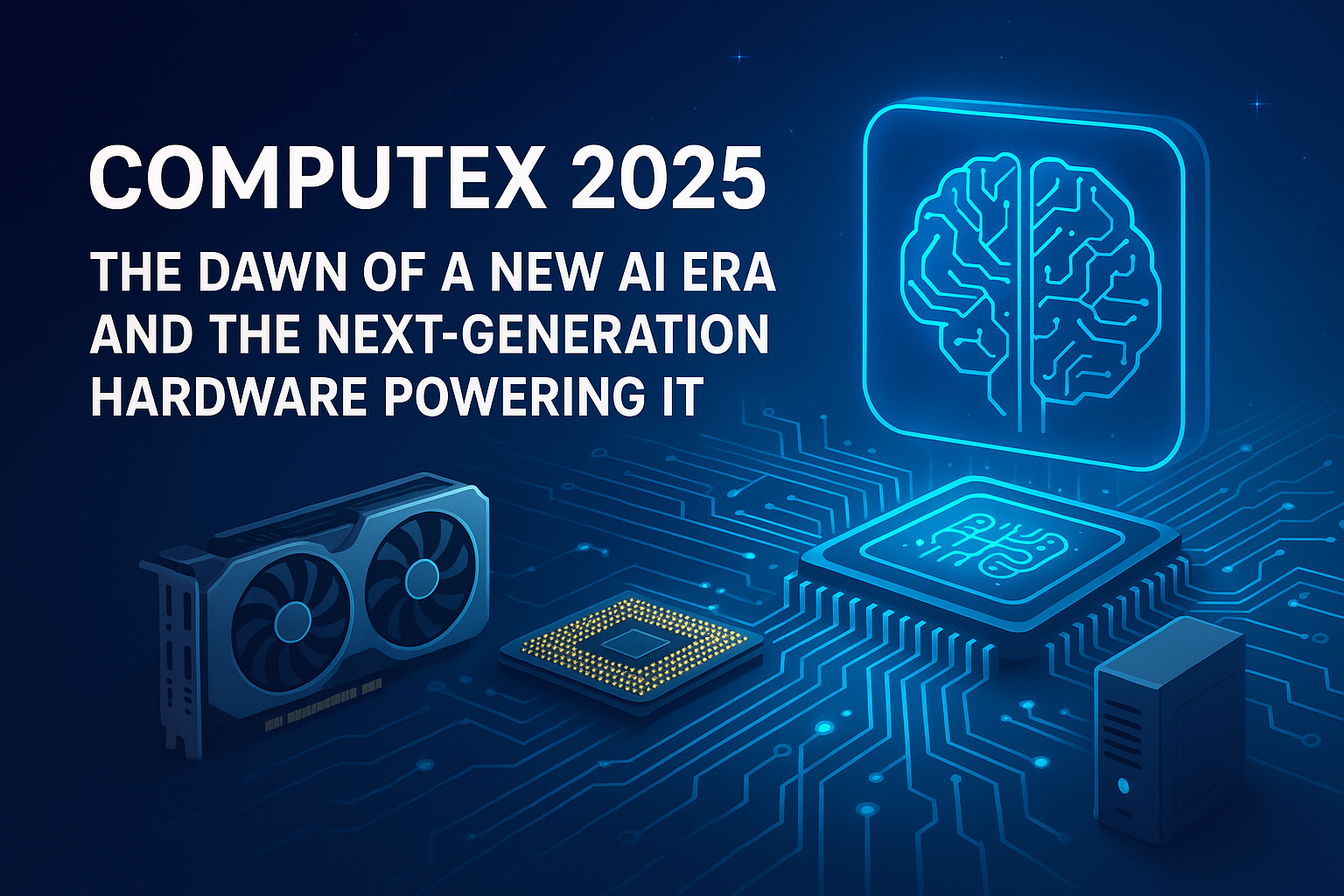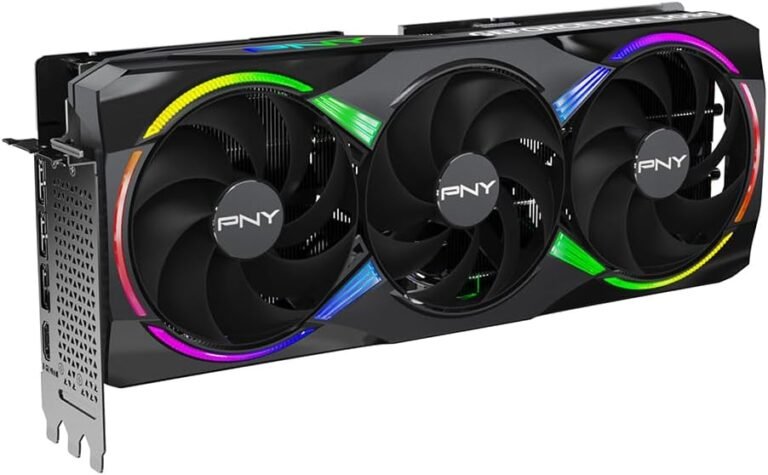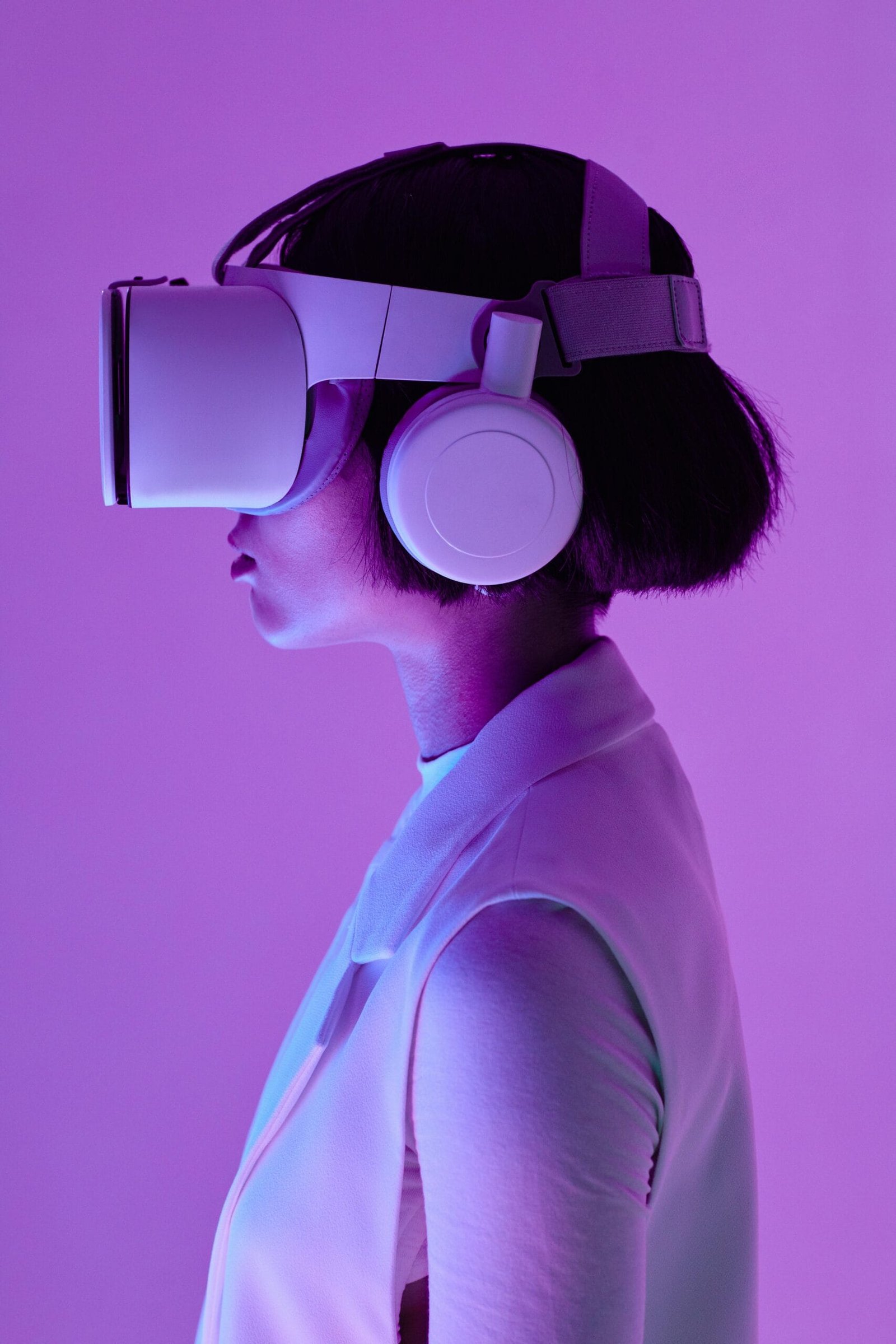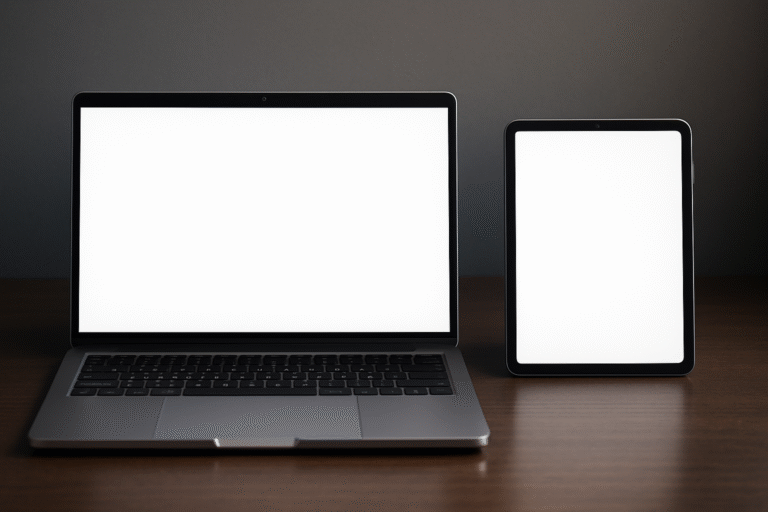The bustling show floor of the Computex 2025 technology trade show is a dazzling spectacle, a vibrant ecosystem electric with the hum of innovation. Thousands of attendees from every corner of the globe navigate through a labyrinth of brightly lit booths, each a portal to the future of computer hardware and artificial intelligence. This year, the theme is not just about faster speeds and more powerful processors; it’s about a fundamental shift in how we interact with technology and how it, in turn, interacts with us. From the palpable excitement surrounding next-generation AI to the tangible feel of revolutionary new hardware, Computex 2025 is painting a vivid picture of a world on the cusp of a technological renaissance.
The air is thick with conversations about teraflops, neural processing units (NPUs), and the dawning age of sentient AI. Last year’s focus on the initial wave of AI PCs has evolved into something far more profound. It’s no longer just about running AI models locally; it’s about creating a symbiotic relationship between hardware and software, a future where our devices don’t just execute commands but anticipate our needs, learn from our habits, and collaborate with us in ways that were once the exclusive domain of science fiction.
The AI Revolution: Beyond Generative Models to Sentient AI
The central nervous system of Computex 2025 is undoubtedly the advancement in Artificial Intelligence. While generative AI continues to mature, with new applications in content creation, drug discovery, and personalized education being showcased at every turn, the real buzz is around the emergence of what many are calling “sentient AI.”
This next evolution of AI is less about generating text or images and more about understanding context, emotion, and intent. In a keynote that left the audience spellbound, NVIDIA’s CEO Jensen Huang, a familiar face at Computex, unveiled a new class of AI models that can perceive and react to the world in real-time. On stage, a demonstration showcased an AI assistant that could not only transcribe spoken words but also analyze the speaker’s tone of voice, facial expressions, and even subtle gestures to grasp the underlying emotional context of the conversation.
This leap towards more emotionally intelligent AI is powered by a new generation of hardware. NVIDIA, AMD, and Intel are all locked in a fierce battle for dominance in the AI accelerator space. The race is no longer just about raw processing power, but about efficiency and the ability to handle complex, multi-modal data streams in real-time. The new chipsets on display boast dedicated silicon for processing not just language, but also visual and auditory data with unprecedented speed and accuracy.
The Quantum Leap in Computing: Next-Generation Processors
Underpinning the AI revolution is a monumental leap in computer hardware. The traditional CPU is no longer the sole star of the show. Instead, we’re seeing a move towards heterogeneous computing, where a diverse array of specialized processors work in concert to deliver a seamless and intelligent user experience.
The Rise of the NPU: The Neural Processing Unit, or NPU, has become the new battleground for chipmakers. At Computex 2025, the focus is on NPUs that can deliver hundreds of teraflops of performance, enabling the kind of on-device AI that was previously only possible in the cloud. Qualcomm, a dominant force in the mobile space, is showcasing its latest Snapdragon chipset with an NPU that can power real-time translation, advanced computational photography, and personalized user interfaces without draining your battery.
The Future is Hybrid: Intel and AMD are both championing a hybrid approach to processor design, combining high-performance cores for demanding tasks with high-efficiency cores for background processes. This not only extends battery life but also allows for a more responsive and intelligent computing experience. Imagine a laptop that can learn your work habits and automatically allocate processing power to the applications you use most, ensuring a smooth and stutter-free workflow.
The Promise of Quantum Computing: While still in its nascent stages, quantum computing is casting a long shadow over Computex 2025. Several research institutions and a handful of daring startups are showcasing early-stage quantum processors and quantum-inspired algorithms. While a commercial quantum computer is still some years away, the demonstrations of its potential to solve complex problems in medicine, materials science, and financial modeling are a tantalizing glimpse into the future of computation.
Immersive Realities: The Evolution of the Metaverse and XR
The dream of the metaverse is alive and well at Computex 2025, and it’s being fueled by a new wave of extended reality (XR) hardware. The bulky, tethered headsets of yesteryear are being replaced by sleek, lightweight glasses that can seamlessly blend the digital and physical worlds.
Companies like Meta, HTC, and a host of new contenders are showcasing XR devices with photorealistic displays, intuitive hand-tracking, and all-day battery life. These are not just devices for gaming; they are tools for collaboration, education, and social interaction. Imagine attending a virtual meeting where you can see and interact with your colleagues’ photorealistic avatars as if they were in the same room, or a medical student performing a virtual surgery with haptic feedback that simulates the feel of real tissue.
The key to this new generation of XR devices is a combination of powerful, low-latency processing and advanced sensor technology. The same AI accelerators that are powering sentient AI are also being used to create more realistic and immersive virtual worlds.
Sustainable Tech: Greener Gadgets for a Better Tomorrow
A significant and heartening trend at Computex 2025 is the growing emphasis on sustainability. The tech industry is finally waking up to its environmental responsibilities, and it’s resulting in a new generation of greener gadgets.
From laptops with chassis made from recycled ocean plastics to data centers powered by renewable energy, sustainability is no longer an afterthought but a core design principle. Companies are showcasing innovative new materials, more energy-efficient components, and more responsible manufacturing processes. There’s a palpable sense that the future of technology is not just about being faster and smarter, but also about being kinder to our planet.
The Future of Connectivity: Weaving a Seamless Digital Fabric
Tying all these innovations together is the next generation of connectivity. Wi-Fi 7 is becoming the new standard, offering faster speeds, lower latency, and the ability to connect a multitude of devices without congestion. This is crucial for a future where our homes, our cars, and even our bodies are part of a vast, interconnected network.
The rollout of 5G and the early whispers of 6G are also paving the way for a more connected world. This will enable everything from autonomous vehicles that can communicate with each other to prevent accidents, to remote healthcare services that can monitor patients in real-time.
As the lights of Computex 2025 begin to dim, one thing is clear: we are at an inflection point in the history of technology. The innovations on display are not just incremental upgrades; they are foundational shifts that will reshape our world in the years to come. The future is not just coming; it is here, and it is more intelligent, more immersive, and more interconnected than we ever imagined. The bustling show floor of Computex 2025 is not just a showcase of next-generation hardware and AI; it is a glimpse into the very soul of our digital future.







